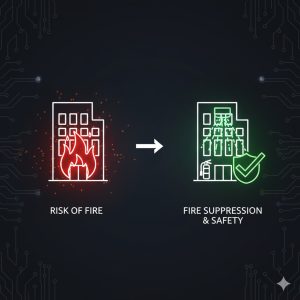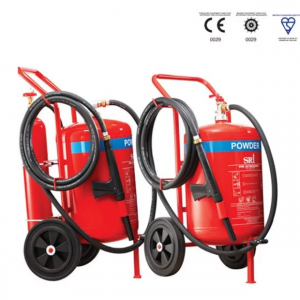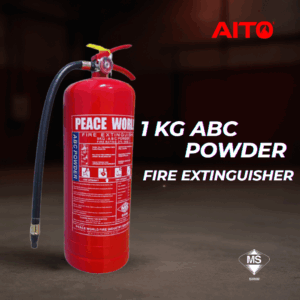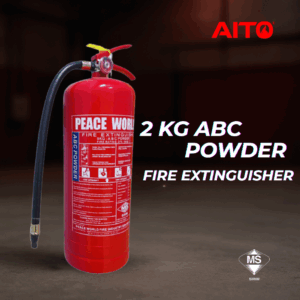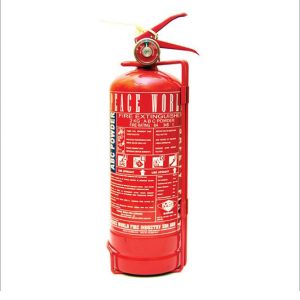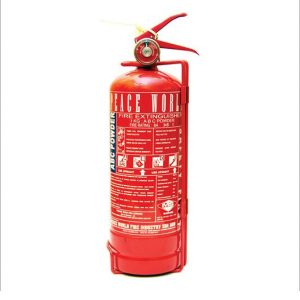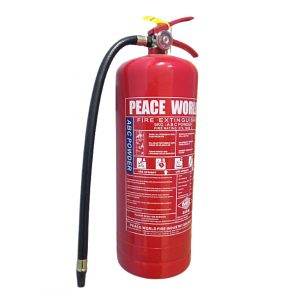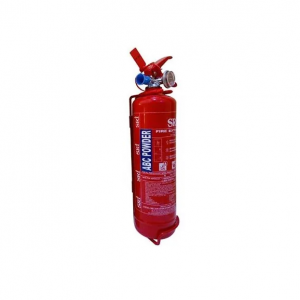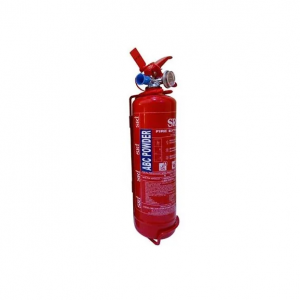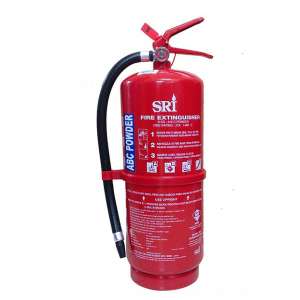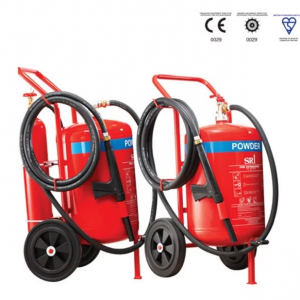A Comprehensive Guide to Fire Extinguisher
Fire extinguisher are essential tools for quickly and effectively combating small fires before they escalate into major emergencies. Understanding the different types of fire extinguishers, their appropriate uses, and proper handling techniques is crucial for ensuring workplace and home safety. In this article, we will delve into the fundamentals of fire extinguishers to empower readers with the knowledge needed to respond confidently to fire incidents.
Types of Fire Extinguisher:
Fire extinguishers are classified based on the types of fires they are designed to combat. The most common types include:
- Class A: Suitable for ordinary combustible materials such as wood, paper, cloth, and plastics.
- Class B: Effective against flammable liquids and gases like gasoline, oil, grease, and solvents.
- Class C: Designed for electrical fires involving energized electrical equipment such as appliances, wiring, and circuit breakers.
- Class D: Specifically formulated for fires fueled by combustible metals like magnesium, titanium, and sodium.
- Class K: Intended for fires involving cooking oils, fats, and grease typically found in commercial kitchens. Usage Guidelines:
Proper usage of fire extinguishers involves following the “PASS” technique: - Pull: Pull the pin to unlock the extinguisher.
- Aim: Aim the nozzle or hose at the base of the fire.
- Squeeze: Squeeze the handle to discharge the extinguishing agent.
- Sweep: Sweep the nozzle or hose from side to side to cover the entire fire with the extinguishing agent.
Safety Tips:
Familiarize yourself with the location of fire extinguisher in your home or workplace.
Choose the appropriate type of fire extinguisher based on the potential fire hazards present.
Regularly inspect fire extinguishers for damage, corrosion, or pressure loss, and recharge or replace them as needed.
Ensure that everyone in the vicinity knows how to operate a fire extinguisher and is trained in fire safety procedures.
Use fire extinguishers only on small, contained fires and evacuate immediately if the fire is spreading rapidly or uncontrollably.
Maintain a clear exit path at all times and never allow a fire to come between you and your means of escape.
Conclusion:
Fire extinguishers are indispensable firefighting tools that can help prevent small fires from escalating into major disasters. By understanding the different types of fire extinguishers, their appropriate uses, and safety guidelines, individuals can play a proactive role in fire prevention and emergency response efforts. Remember, quick action and proper technique are key to effectively extinguishing fires and protecting lives and property. Get fire your extinguisher here.
Any support regarding fire extinguisher maintenances and services from contact down below:



